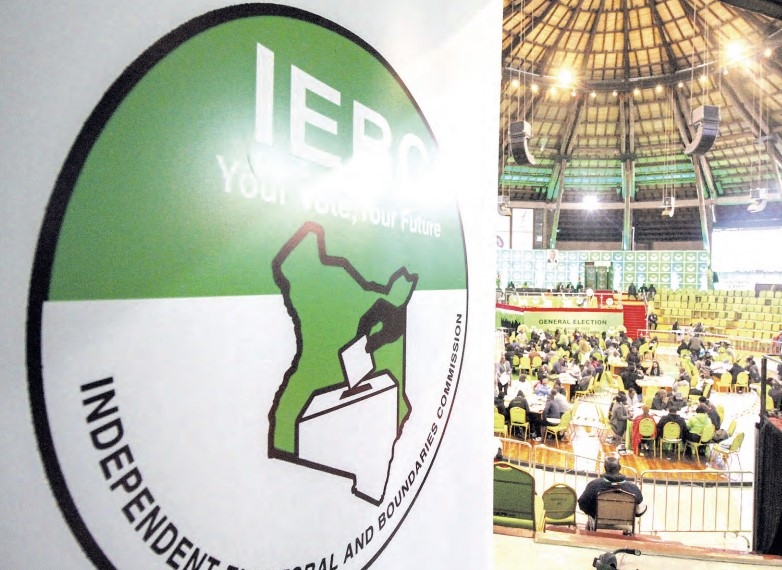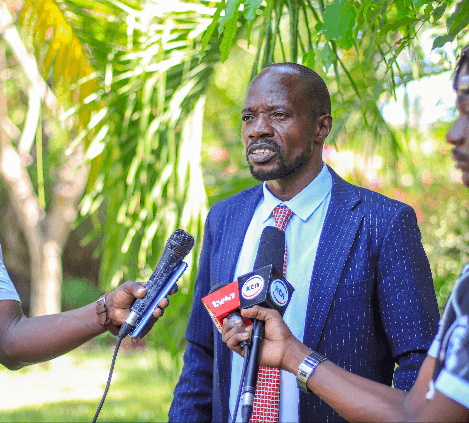One in three schools in Kenya still lack access to safe water services while half lack adequate sanitation, the Health Ministry has said.
The ministry has further noted that 98 per cent of schools in rural areas lack hygiene services.
Similarly, the facilities are also not accessible to children living with disabilities while most of the children in schools do not have access to safe water at home leading to a high incidence of diarrhoeal diseases.
Consequently, there has been a negative impact on academic performance, attendance and enrolment.
This comes even as the ministry launched three key documents geared towards strengthening sanitation and hygiene in schools and informal settlements and sanitation planning under Urban Development.
The three include the hygiene promotion in schools handbook for teachers, the menstrual hygiene management in schools handbook for teachers and the Kenya National guidelines for implementation of urban sanitation.
The guidelines aim to among others provide direction on the safe disposal of faecal sludge in urban areas.
According to experts, poor hygiene and WASH services increase the risk of diarrhoea among children leading to absenteeism which in turn translates to poor educational outcomes for the children.
“The burden of periods with lack of hygienic and dignified facilities hinders our girls’ abilities to concentrate in classes and to attend school and may even lead to dropping out of some of the girls from school,” WASH specialist at UNICEF Abdi Hassan said on Tuesday.
According to data, about 46 per cent of Nairobi is covered by sewage system while close to 65 per cent of the population lives in an informal settlement that is not covered by sewerage system hence rely on on-site sanitation systems.
The 2019 census data on the other hand shows that overall, 7.3 per cent of households lack sanitation facilities in Kenya.
This equates to around 10 per cent of the population (4.7 million people) practising open defecation when taking into consideration differences in average household size between sub-counties.
The 2019 Census also highlights that open defecation is higher in rural areas (11.5 per cent) than in urban areas (0.8 per cent).
“What is lacking is knowledge, we are not ready to go out there and teach our folks how to do things. Hygiene in schools is a common thing and we are able to talk about it openly now, stigma is no longer there,” Director Public Health Francis Kuria said.
Globally Kenya is one of the 26 countries in the world that contributes to 90 per cent of open defecation. Only 29 per cent of the population in Kenya had access to basic services in 2019,” Kuria noted.
According to Health CAS Mercy Mwangangi, even though Covid-19 has tested the country’s healthcare practices, there has been a reduction in diseases following an increase in good sanitation practices around the country through proper handwashing and sanitizing.
“We must ensure we fight disease through prevention, we must not wait for our people to get sick so we can offer curative services,” Mwangangi said.
“WATCH: The latest videos from the Star”














